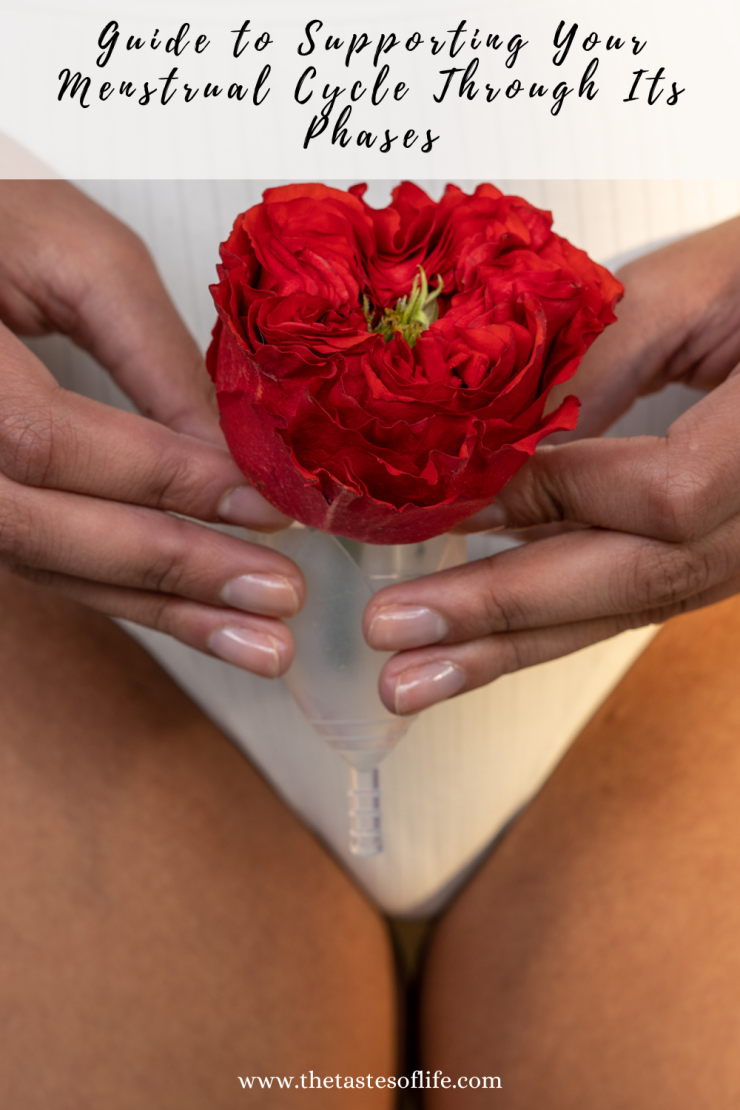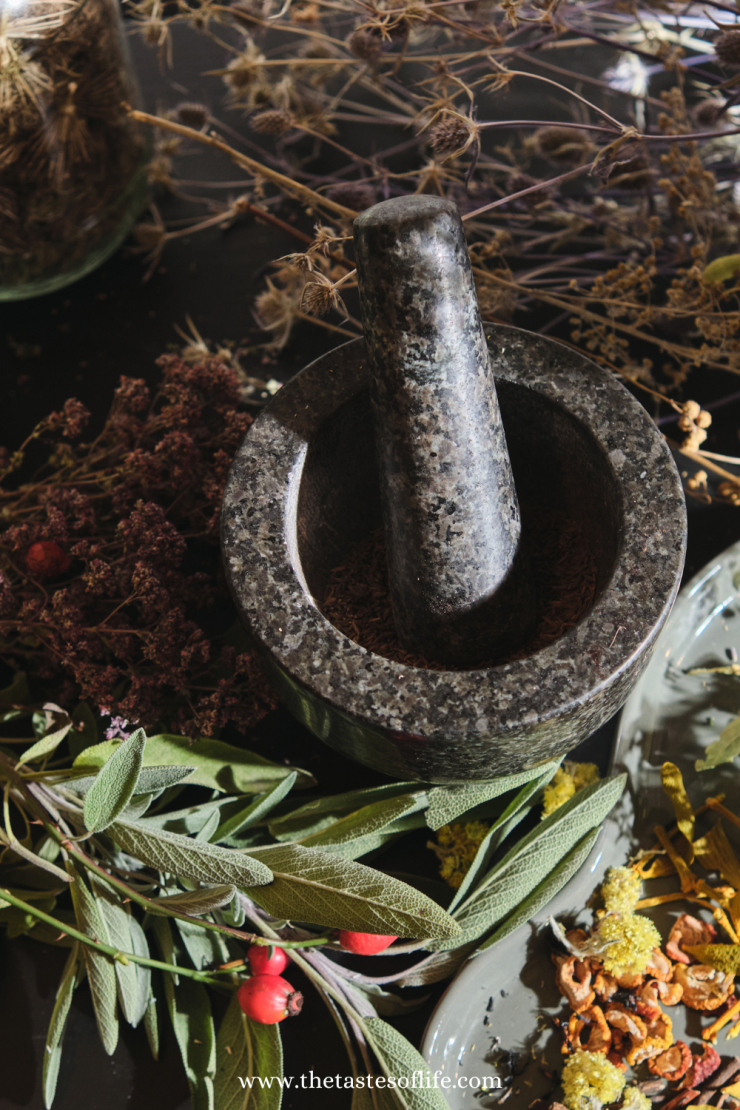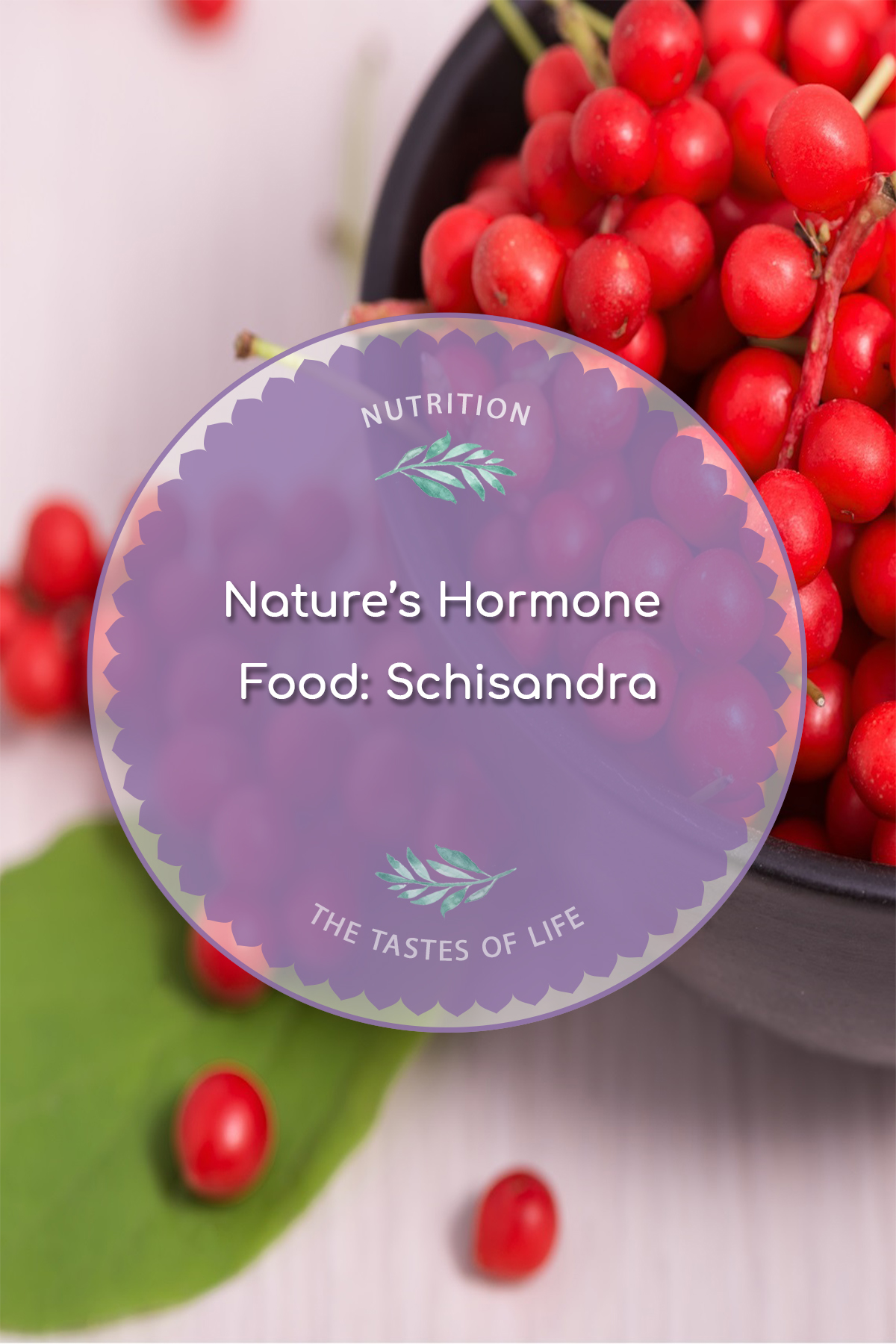Guide To The Menstrual Cycle Through Its Phases
Sharing is caring❤️
Learn how to support your menstrual cycle with nutrition, movement, herbs, and spiritual practices with this guide to the menstrual cycle.

Guide To the Menstrual Cycle and Its Phases
Let’s embark on this insightful exploration of a comprehensive understanding of the delicate dance our bodies perform throughout the diverse phases of the menstrual cycle. As a woman, I find comfort in recognizing the parallels between our internal rhythms and the cyclical patterns observed in nature—the ebb and flow mirrored in the changing seasons and the celestial journey of the moon. Join me on a personalized journey where we navigate the nuances of each stage of the menstrual cycle with a tailored approach, embracing the unique requirements of our bodies through this guide to menstrual cycle.
What Is Cycle Syncing?
Cycle syncing is a holistic approach to health and well-being that aligns various aspects of life, such as diet, exercise, and self-care, with the different phases of the menstrual cycle. The concept recognizes that a woman’s body goes through distinct hormonal fluctuations during the menstrual cycle, and tailoring lifestyle choices to these fluctuations can optimize physical, mental, and emotional well-being.
Let’s uncover the intricacies of self-care and nourishment, from the initiatory menstrual days to the vitality of ovulation and onward through the regenerative follicular phase to the preparatory luteal stage. In this guide to the menstrual cycle, we’ll explore the art of supporting ourselves through this rhythmic cycle, dedicating attention to the specific needs that arise in each phase. Our exploration aims to foster balance and enhance overall health and well-being. So, come along as we dive deep into the realm of menstrual self-care and discover the profound beauty of harmonizing with our natural cycles. This is called a cycle syncing.

Cycle syncing, to me, is a profound journey of understanding and harmonizing with the intricate rhythms of my own body. It’s a holistic approach that acknowledges the ebbs and flows of the menstrual cycle, recognizing the unique needs and energies accompanying each phase.
As I navigate through the four distinct stages of menstruation, the follicular phase, ovulation, and the luteal phase, cycle syncing becomes a personalized roadmap for well-being. It’s about tailoring my lifestyle choices—what I eat, how I move, and the self-care practices I embrace—to align with the natural shifts in hormones and energy levels.
In the realm of nutrition, cycle syncing means being attuned to the changing demands of my body. From honoring cravings for iron-rich foods during menstruation to opting for complex carbohydrates in the luteal phase, it’s a conscious choice to nourish myself in a way that complements the needs of each menstrual stage.
Exercise becomes a dance with my energy levels. Embracing more vigorous workouts during the follicular and ovulatory phases when vitality is high, and embracing gentler activities or rest during menstruation and the luteal phase when a more nurturing approach is beneficial.
Self-care takes on a new dimension as I synchronize practices like meditation and relaxation techniques with my emotional landscape across the menstrual cycle. It’s about embracing introspection during menstruation, finding balance during ovulation, and focusing on stress reduction during the luteal phase.
Work and productivity, too, are woven into this cycle-synced tapestry. Acknowledging the natural cognitive variations throughout the month, I optimize my tasks, leveraging peak energy for more demanding work during the follicular and ovulatory phases and allowing for a gentler pace during menstruation and the luteal phase.
Cycle syncing is, above all, a journey of self-discovery and self-care. It’s about fostering a deeper connection with my body, listening to its whispers, and responding with love and understanding. While the concept of cycle syncing offers a framework, I recognize the uniqueness of my own experience and the importance of staying attuned to what my body truly needs.
Supporting each phase of the cycle starts with the food you eat, the activities you participate in, and the use of herbal medicines to help balance and restore your body. Let’s jump into this guide to the menstrual cycle.

Guide To The Menstrual Cycle and Its Phases Step-By-Step
Menstrual Phase
During this phase, the body undergoes hormonal changes that lead to the shedding of the uterine lining, resulting in menstrual bleeding. The key hormones involved in this phase are estrogen and progesterone.
- Decline in Hormones:
- As the previous menstrual cycle concludes, both estrogen and progesterone levels drop.
- The decline in hormone levels signals the body to release the uterine lining that had thickened in preparation for a potential pregnancy.
- Uterine Contractions:
- Prostaglandins, hormone-like substances, play a role in triggering uterine contractions.
- These contractions facilitate the expulsion of the menstrual blood and the shedding of the uterine lining.
- Menstrual Bleeding:
- The shedding of the uterine lining results in menstrual bleeding, commonly referred to as a woman’s period.
- The blood contains a mixture of blood, uterine tissue, and fluids.
- Changes in Hormonal Levels:
- While estrogen and progesterone are at their lowest during the menstrual phase, there is a gradual increase in estrogen towards the end of menstruation.
- Impact on Mood and Energy:
- Hormonal fluctuations during menstruation can affect mood and energy levels. Some women may experience fatigue, mood swings, or changes in appetite.
To support your body during this time:
Nutrition:
- Consume iron and magnesium-rich foods such as dark leafy greens, nuts, seeds, sea vegetables, bananas, and raw dark chocolate.
- Include essential fatty acids (EFAs) from sources like avocados, wild-caught fish, cod liver oil, hemp seeds, and natto.
- Stay hydrated by drinking water equivalent to half your body weight (in pounds) in ounces daily.
Cramps:
- Consider using a cramp bark tincture for relief.
- Avoid excessive caffeine intake.
Herbs:
- Drink herbal teas or infusions of red raspberry leaf, stinging nettles, chamomile, or lemon balm for various benefits.
Movement:
- No intense workout.
- Opt for gentle exercises like walks, light yoga, or stretching.
- Avoid high-impact workouts and inversions in yoga.
Lifestyle:
- Prioritize extra sleep and restful activities.
- Enjoy warming foods and maintain warmth during menstruation.

Follicular Phase
Beginning after menstruation ends, this phase involves the rise of estrogen and testosterone levels. It focuses on rebuilding the uterine lining and maturing an egg.
The follicular phase is the second stage of the menstrual cycle and typically spans from the end of the menstrual phase to ovulation. It is characterized by several hormonal changes and physiological events that prepare the body for potential conception. The primary hormones involved in this phase are estrogen, follicle-stimulating hormone (FSH), and luteinizing hormone (LH).
- Menstrual Transition:
- The follicular phase commences as the menstrual bleeding from the previous phase diminishes.
- Hormone levels, particularly estrogen, gradually begin to rise.
- Follicle Development:
- FSH stimulates the development of multiple ovarian follicles, each containing an immature egg (oocyte).
- Only one dominant follicle will eventually mature and release an egg during ovulation.
- Uterine Lining Thickening:
- Estrogen, produced by the developing follicles, prompts the thickening of the uterine lining (endometrium).
- This prepares the uterus for a potential embryo implantation.
- Cervical Mucus Changes:
- Cervical mucus becomes more abundant and changes in consistency to create a hospitable environment for sperm.
- The changes in cervical mucus facilitate the passage of sperm through the cervix and into the uterus.
- Levels of estrogen increse:
- Estrogen levels continue to rise throughout the follicular phase, peaking just before ovulation.
- The increasing estrogen triggers a surge in LH, a key event leading to ovulation.
- Ovulation:
- Ovulation typically occurs at the end of the follicular phase, triggered by the surge in LH.
- The mature follicle ruptures, releasing the egg into the fallopian tube, where it may be fertilized by sperm.
- Impact on Mood and Energy:
- Estrogen, known for its mood-enhancing effects, can contribute to increased energy levels and a sense of well-being during the follicular phase.
To support your body during this phase:
Nutrition:
- Emphasize nutrient-dense foods with protein and healthy fats.
- Include root vegetables, oats, quinoa, lentils, salmon, eggs, nuts, seeds, and oysters.
- Consume healthy fats like ghee, avocado, and coconut oil.
Herbs:
- Drink nettles to aid in body rebuilding.
Movement:
- Energy levels peak during this phase, making it suitable for vigorous activities.
Lifestyle:
- Engage in creative projects and therapeutic massages.

Ovulatory Phase
Typically occurring around the middle of your cycle, this phase involves the release of the egg.
The ovulatory phase, also known as ovulation, is a crucial stage in the menstrual cycle during which an egg (ovum) is released from the ovary. This phase typically occurs around the middle of the menstrual cycle and is influenced by the surge in luteinizing hormone (LH). The key characteristics and events of the ovulatory phase include:
- Luteinizing Hormone (LH) Surge:
- As estrogen levels peak during the preceding follicular phase, a surge in LH is triggered.
- The LH surge is a pivotal signal that induces the release of a mature egg from the dominant follicle in the ovary.
- Ovulation:
- Ovulation is the actual release of the mature egg from the ovary into the fallopian tube.
- The released egg is now available for fertilization by sperm.
- Egg Lifespan:
- The released egg has a lifespan of about 12 to 24 hours.
- If fertilization does not occur within this timeframe, the egg disintegrates.
- Basal Body Temperature (BBT) Rise:
- After ovulation, there is a slight increase in basal body temperature.
- Monitoring BBT is a method some women use to track ovulation and fertility.
- Cervical Mucus Changes:
- Cervical mucus becomes thinner and more slippery, resembling the consistency of egg whites.
- This facilitates the movement of sperm through the cervix and into the uterus.
- Increased Libido:
- Some women may experience an increase in libido (sexual desire) during the ovulatory phase.
- This is thought to be influenced by hormonal changes.
- Mood Changes:
- Hormonal fluctuations, particularly the rise in estrogen, can contribute to positive mood changes and a sense of well-being.
- Fertility Window:
- The ovulatory phase represents the peak of fertility within the menstrual cycle.
- Timing intercourse around ovulation is often recommended for those trying to conceive.
To support your body:
Nutrition:
- Include quinoa, leafy greens, vegetables, rice, and cold-water fish.
- Maintain a balance between cooked and raw foods.
Herbs:
- Consider maca and shatavari for hormone balance.
Movement:
- Address any stiffness with hip-opening yoga postures.
Lifestyle:
- Socialize, meet friends, and schedule enjoyable activities.

Luteal Phase
Starting about one week after ovulation and lasting until your next period, this phase involves preparing the body for potential pregnancy.
The luteal phase is the third stage of the menstrual cycle and spans from the completion of ovulation to the onset of menstruation. This phase is characterized by hormonal shifts, primarily the rise and fall of progesterone, and is a critical period for preparing the body for a potential pregnancy.
Key features of the luteal phase include:
- Corpus Luteum Formation:
- After the release of the egg during ovulation, the ruptured follicle transforms into a structure called the corpus luteum.
- The corpus luteum plays a crucial role in producing progesterone.
- Progesterone Dominance:
- Progesterone levels rise during the luteal phase.
- Progesterone prepares the uterine lining (endometrium) for potential embryo implantation by causing it to thicken.
- Basal Body Temperature (BBT) Maintenance:
- BBT remains elevated during the luteal phase, a result of increased progesterone levels.
- Monitoring BBT is a method some women use to track the phases of their menstrual cycle.
- Cervical Mucus Changes:
- Cervical mucus becomes thicker and less conducive to sperm movement.
- These changes occur as a protective mechanism to prevent additional sperm from entering the uterus after fertilization has taken place.
- Potential Pregnancy:
- If fertilization occurs, the embryo may implant into the thickened uterine lining.
- The corpus luteum continues to produce progesterone to sustain the early stages of pregnancy until the placenta takes over.
- Breast Changes and Sensitivity:
- Some women may experience breast tenderness or changes in breast sensitivity during the luteal phase, influenced by hormonal fluctuations.
- Premenstrual Syndrome (PMS) Symptoms:
- The latter part of the luteal phase is associated with premenstrual syndrome (PMS) symptoms in some women.
- Symptoms may include mood swings, irritability, bloating, and breast discomfort.
- Menstruation Onset:
- If pregnancy does not occur, the corpus luteum degenerates, progesterone levels drop, and menstruation begins.
- The decline in hormone levels prompts the shedding of the uterine lining.
To support your body:
Nutrition:
- Increase protein and healthy fat intake with warming foods.
- Include brown rice, root vegetables, salmon, beans, avocado, ginger, turmeric, and curries.
Herbs:
- Sip on herbal teas like raspberry leaf, cramp bark, burdock root, and triphala.
Movement:
- Light exercise is encouraged to balance mood and hormones.
Lifestyle:
- Listen to your body’s cues for rest and introspection. Engage in activities like journaling, massage, meditation, and yoga.
By understanding and catering to the unique needs of each menstrual cycle phase, you can promote hormonal balance, enhance fertility, and improve overall well-being.
Now you should know in which phase of your cycle you are and what to do to be in sync with your monthly cycle. Each phase invites a tailored approach to movement and lifestyle. From avoiding high-impact workouts during menstruation to embracing creativity during the follicular phase, socializing during ovulation, and allowing introspection in the luteal phase – these nuances become a roadmap to holistic well-being.
In this intricate dance with my menstrual cycle, I honor the cues my body provides, indulging in activities like journaling, massage, meditation, and yoga during moments of introspection. This journey becomes not just a physical phenomenon but a mindful embrace of the cycles woven into the fabric of my being. I hope that through this guide to menstrual cycle you learned how to take care of your temple throughout the month.❤️
How Can Practicing Rituals Improve Your Health?
Nourishing the Soul: The Magical Connection Between Women and Food
Menstruation – Can You Approach It Like A Spiritual Practice?
References:
https://pubmed.ncbi.nlm.nih.gov/37309068/
https://pubmed.ncbi.nlm.nih.gov/31513819/
Yum





